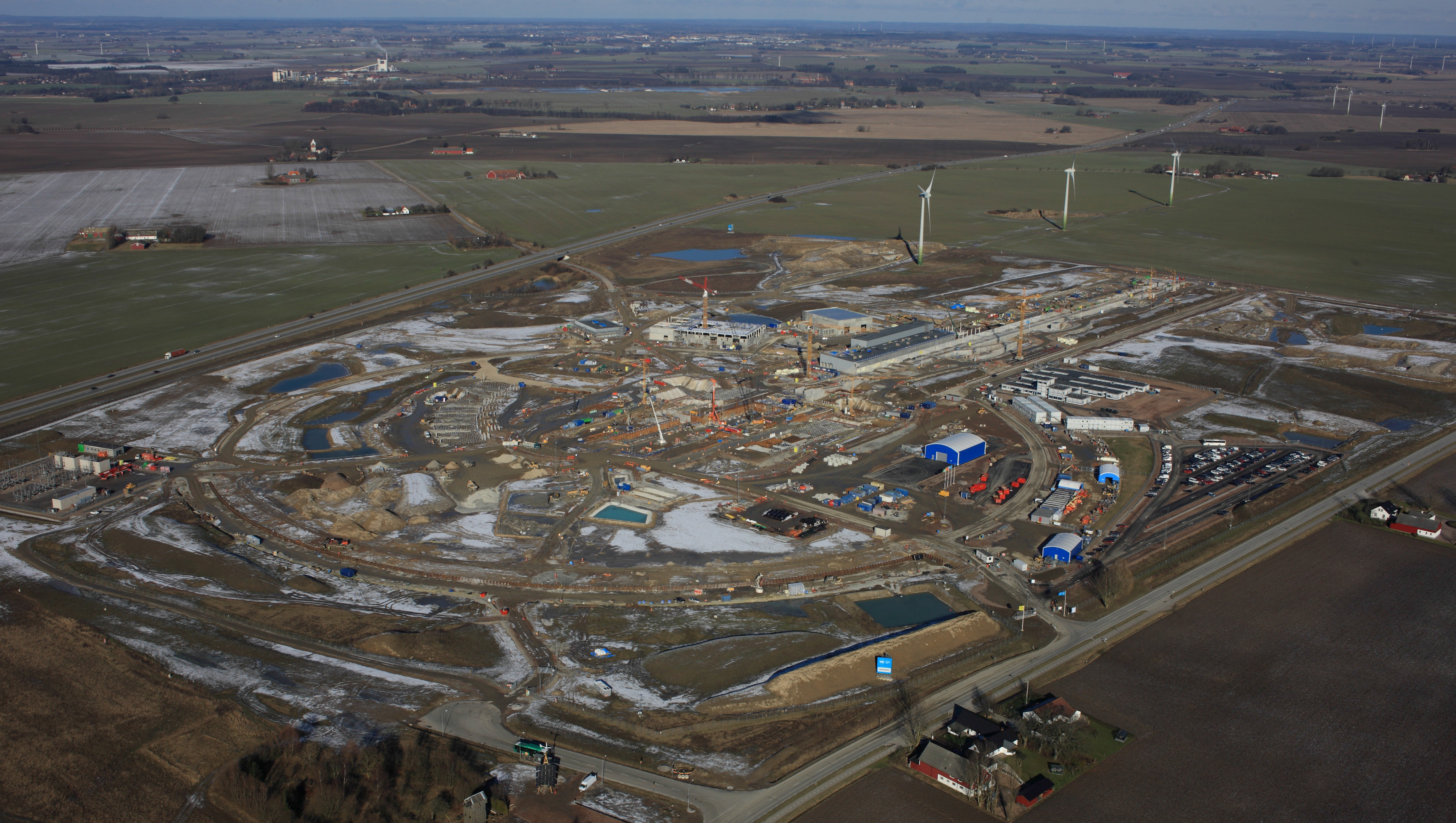Status of ESS and Neutron Imaging Activities at ESS
Markus Strobl (European Spallation Source, Sweden)
While neutron imaging has proven its vast potential for scientific and industrial applications at
continuous sources, neutron imaging taking advantage of a pulsed source and hence time-of-flight
methods is a new field unlocking yet unexplored methods and fields of applications. Within the last
decade various novel imaging modalities have been developed taking advantage of wavelength
resolution and in particular of scattering information amenable in addition to conventional real space
image resolution. Hence, neutron imaging is not only revealing macroscopic inner structures of
different material compositions or densities anymore, but also inhomogeneities of crystalline structure
and phase, corresponding structural transitions as well as microscopic structural behavior in space and
time and magnetic phenomena. An optimized imaging instrument at the ESS long pulse source will
have the unique potential to cover all these areas with highest efficiency and performance by taking
advantage not only of the high time averaged flux but also the flexibility provided by the source time
structure for a versatile instrument. However, taking advantage of such potential does not only require
such instrument, as approved for construction and known as ODIN, but the corresponding
development of methodical approaches and scientific cases to take best advantage of such investment.
Accordingly a broad development program has been established with a number of experienced
partners advancing methods such as Bragg edge and 3D diffraction imaging, polarized time-of-flight
imaging and quantitative dark-field SANS imaging. The state-of-the-art in these seminal developments
and their promises for future imaging at ESS and ODIN will be discussed together with the status of
the ESS facility as a whole.
 Fig. 1 Current status of ESS construction with the accelerator tunnel completed in Lund, Sweden.
Fig. 1 Current status of ESS construction with the accelerator tunnel completed in Lund, Sweden.
Back to Seminar Home Page
Last modified 12-September-2016 by website owner: NCNR (attn: )


